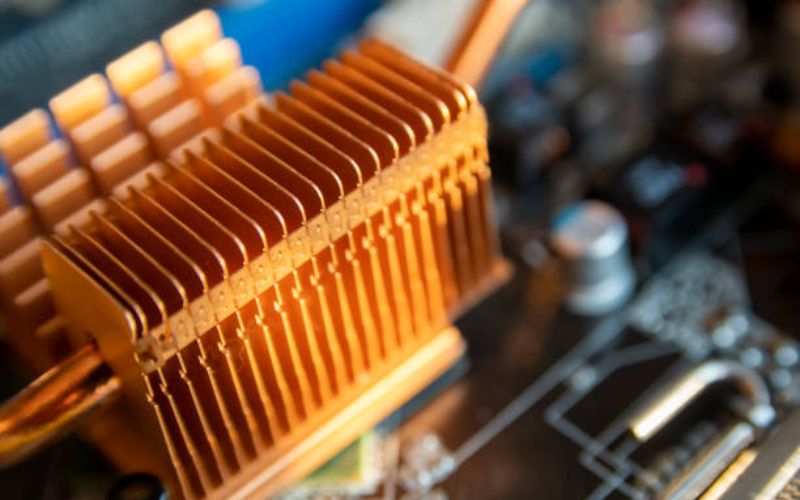Introduction
Heatsinks play a pivotal role in keeping our computer hardware cool and running smoothly. Heatsinks that don't do their job can lead to overheating, hardware damage, and system crashes. Troubleshooting a heatsink can be tricky, but with the right knowledge and tools, you can identify and fix the problem quickly and efficiently.
Check for Physical Damage
Sometimes, the issue with a heatsink can be as simple as physical damage. To troubleshoot this, you'll want to inspect the heatsink for any visible signs of physical damage such as dents, scratches, or disfiguration. If you notice any, try to determine what may have caused it and replace the heatsink as necessary.
Clean the Heatsink and Fan
Over time, heatsinks can accumulate dust and debris that can impact their efficiency. To troubleshoot this, you'll want to carefully remove the heatsink and fan (if applicable) and clean them. Use compressed air or a soft-bristled brush to remove any dust, being careful not to damage any hardware.
Check the Thermal Paste
Thermal paste is a material used to improve the heat transfer between the heatsink and the CPU. Over time, this paste can dry up or become less effective, leading to heat-related issues. Troubleshoot this by removing the heatsink and checking the condition of the thermal paste. If it's dry or cracked, you'll want to replace it.
Monitor Temperatures and Performance
Sometimes, overheating issues with a heatsink can be more subtle. Troubleshoot this by regularly monitoring your computer temperatures and performance. If you notice that your computer is running hotter than normal or experiencing lower performance, this may be a sign of a failing heatsink.
Inspect Fans and Power Supply
Fans and the power supply are another potential cause of heatsink issues. Troubleshoot this by checking the condition of the fans and power supply. Ensure that the fans are running smoothly and not making any unusual noises, and that the power supply is functioning properly.
Reapply Thermal Paste
If you suspect that the issue with your heatsink is related to thermal paste, you may want to try reapplying it to see if that helps. Carefully remove the old paste, clean the surfaces, and apply a high-quality thermal paste according to the manufacturer's instructions.
Replace the Heatsink
If none of the above troubleshooting methods work, you may want to consider replacing the heatsink altogether. This may be necessary if the heatsink is old, worn out, or beyond repair.
Consider Upgrading
If you're still experiencing issues with your heatsink, you may want to consider upgrading to a more powerful and efficient model. This can help improve the performance and longevity of your computer hardware.
Conclusion
A failing or damaged heatsink can cause a range of issues that can impact the performance and lifespan of your computer hardware. By learning how to troubleshoot and fix these issues, you can ensure that your computer stays cool and running at peak performance.
Quote Inquiry
Contact us!

